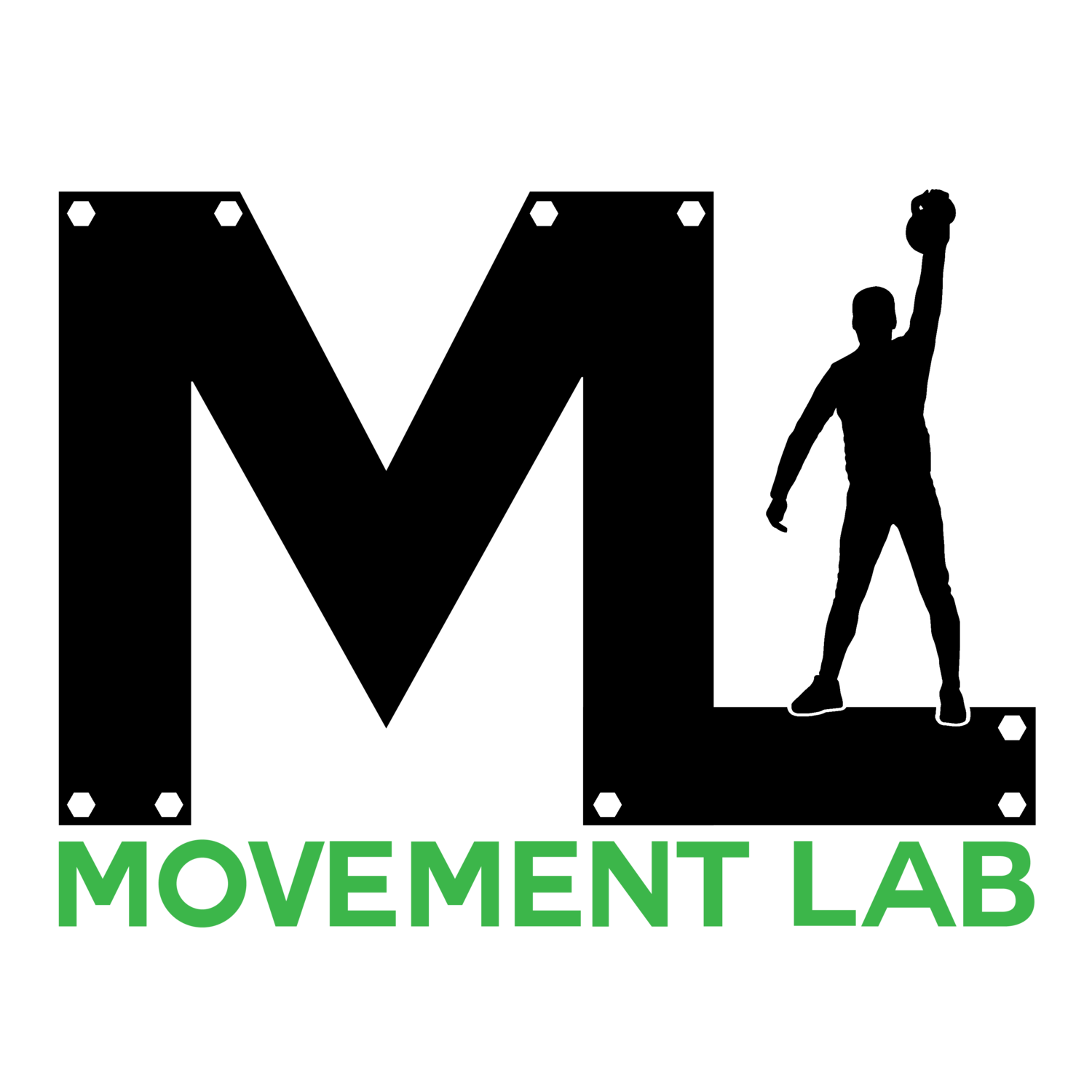I Like to Move it Move it
What’s with this movement assessment anyway?
Our patients routinely ask our doctors “why do you have me go through the same movement assessment routinely?” The answer is simple: our bodies tend to fall into patterns of dysfunction due to repetitive motions, work postures and compensations from injury. The Selective Functional Movement Assessment (SFMA) we use in the office is a biomechanically based diagnostic system, designed to clinically assess 7 fundamental movement patterns. These patterns should be easily achieved in the absence of dysfunction (ie, acute or chronic pain, decreased range of motion).
For example, the overhead squat is literally a head to toe analysis of how each joint system in the body works together to achieve the movement. It requires ankle, knee, hip, low back, mid back, shoulder and neck mobility (and stability). A single “glitch” or “kink” in that system could promote compensatory patterns and lead to injury. These kinks and glitches come in the form of soft tissue or joint restrictions, or joint structures that are neurologically incompetent (inhibited).
The assessment provides our clinicians an efficient method to systematically find the cause of symptoms, not just the source by logically breaking down dysfunctional patterns and diagnosing their root cause as either a mobility problem, or a stability/motor control issue. We treat mobility problems with joint and soft tissue mobilizations, and our stability/motor control issues with functional rehabilitation and neuro-integrateive activities.
So, what does this all mean? We establish a baseline assessment with our first evaluation with each patient, then perform planned progress evaluations to document our clinical success. The assessment score is like a golf game: the lower the score, the better. Lower scores indicate the patient is less likely to experience an overuse injury due to repetitive motions from hobbies, work ergonomics, and activities of daily living. Typically, once a patient has reached a score of 15 out of a possible 65 faults, they are much less likely to adopt the faulty movement patterns that caused their pain in the first place.
There are two other tools we use to advance patients through performance based screens: this is the Functional Movement Screen (FMS) and the Y Balance Test. These screens also assess the potential for athletic injury through more strenuous movement patterns. These tests also direct our patients into Movement Rx classes to further support healthy movement patterns.
In summary, the SFMA provides a more accurate diagnosis, a treatment approach, and measurable clinical goals that are objective and reproducible. This helps our patients get the best and most efficient care possible.
- Dr. Curt Kippenberger
pain relief.prevention.performance
